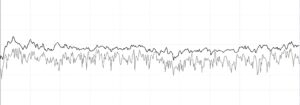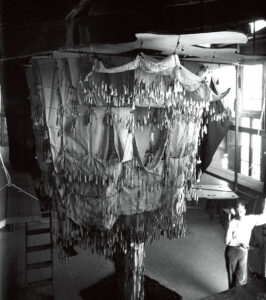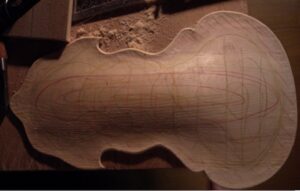Meaning of ”match the sound”
What does it mean to”match the sound” ?
When you tap or rub something, you can hear a lot of sounds mixed together. Listen to each of the mixed sounds and carefully examine what kind of pitch and how much they overlap.
For example, if you tap something to make a sound, it contains many overtones. The set of overtones is decomposed into Fourier series in your head. Decomposing into a Fourier series means listening to how many different frequencies are included (there are no simple vibration sounds in nature).
First, let’s say the sound that you tap and hear the loudest (root sound) is the representative sound. Then we match the sound, so that the representative sound will be the same as another sound. If all the representative sounds could be the same as another one, the other overtones would be stand out. The matched sound becomes background sounds and would not stand out. In this way, the representative sounds at that time will be the same as another sound. Then, the frequency distribution at all points on the resonance plate will be the same.
This is the meaning of “match the sound.”
I think you will have questions such as
“Is it possible to do it? “
“How do I actually do it? “
Of course, if I scrape somewhere on the resonance plate, the overall resonance state will change, so I adjust the sound while taking that changed state into consideration. The partial tapping tone at one point is also the result of the echo of the entire resonance plate. Therefore, the act of making the sound of each point of the resonance plate the same means handling partial information and whole information at the same time. Think of a phonogram as a detailed description of how the sound changes with each little bit of shaving at least for now.

When you tap something, you can hear the sounds of various frequencies mixed.
This is a recording of “white noise” with software called Wave Spectra. White noise includes all frequencies evenly. Its characteristics are clearly shown in Fig.1 .
The fact that the sound is the same at each point of the instrument means that the graph of its acoustic characteristics will be all the same at each point of the instrument.
I also expect that the above prediction and the fact that “multiple immovable points become one” in the discussion of the outer frame are equivalent.
- カテゴリー
- BLOG


